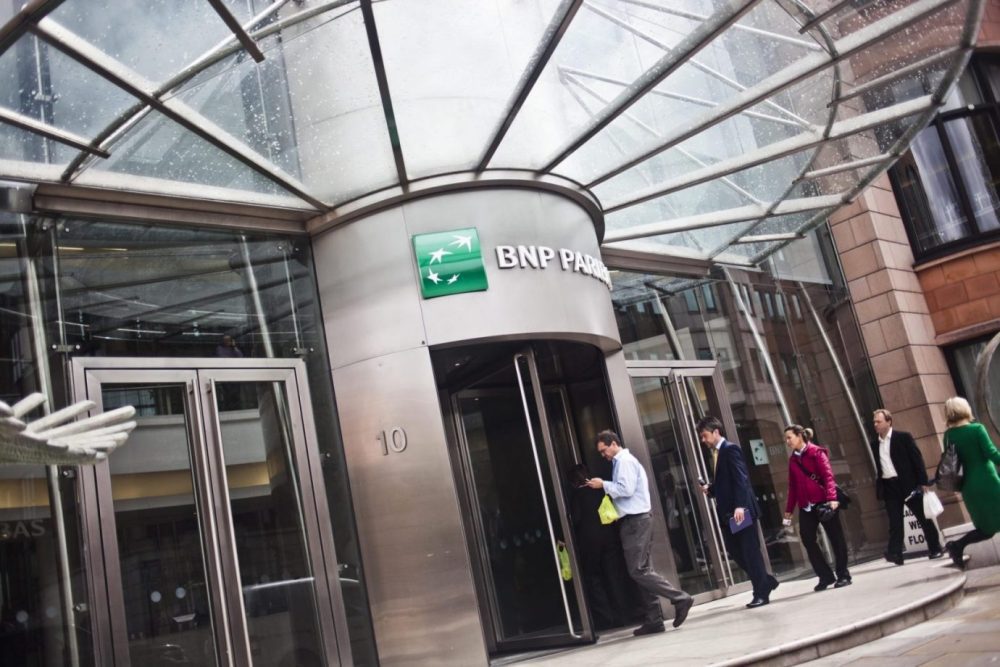For anyone who follows the property investment market or has already invested in property, the concept of assisted living investments is probably already on their radar. But for those not familiar with this type of property investment, this article is a quick guide.

What are assisted living property investments?
Assisted living as a concept is designed to enable people who need a little extra support to access that while still living independently.
Hiring homecare services for daily assistance allows seniors to maintain their independence while receiving the support they need for tasks like meal preparation and personal care. This balance helps enhance their quality of life while ensuring they remain safe and comfortable in their own homes.
We have something of a social care crisis in the UK, coupled with an ageing population. So assisted living is one way in which the country is seeking to deal with that.
Tenants living in assisted living facilities have their own self contained apartment or flat, typically, but in a complex where they have access to the support they need. It’s a balance of independence and care for those who need it.
Assisted living investments allow investors to invest in these properties with typical net yields of 10% guaranteed for 25 years. So investors benefit financially here while also making a positive social impact.
What are the pros and cons of assisted living investments?
A great yield and social good. Surely it’s a no brainer of an investment, right?
Well, let’s just take an objective look at the pros and cons here.
The pros of assisted living investments are:
- Good NET yield over 25 years
- Many assisted living schemes involve an element of Government funding, which in turn leads to very stable and long term tenancies
- Demand is growing for assisted living quickly meaning those that exist have incredibly high occupancy rates
- Low maintenance and management for the investor – it’s a very hands off investment
- Such property investments can be made using money from private pension funds in some cases too
But of course, no investment is 100% risk free. So what are the downsides to assisted living investments?
- Typically relatively long term investments. It’s not the same as buying a house, renovating and then selling on in a year
- If there are health or social care government policy changes in years to come, this could impact funding available in the sector and have a knock on impact
Every investment opportunity has its drawbacks and its important to know what they are in the case of the specific investment you’re interested in.
The Assisted Living Market
If you’re considering investing in assisted living properties, then the market is likely to be of interest to you. So here are some fast facts and figures you need:
- There are over half a million people living in assisted living facilities in the UK. And that’s according to a 2020 report. Numbers have increased since then
- A study by the CQC found that 90% of assisted living facilities in the UK are rated either “good” or “outstanding” for the quality of care they provide to residents which is is a hugely impressive figure
- By 2041, it is expected that 22% of the population will be over 65 and thus the demand for assisted living and other forms of social care is only likely to increase
- 60% of residents in assisted living facilities get some sort of financial support to contribute to the cost of their care
So this is a growing market with increasing demand. And given that assisted living is proving an effective way to allow people to maintain their independence while simultaneously getting the support they need means that this is a trend likely to continue as our population ages.
How to find out more
Speak to assisted living investment specialists and seek expert advice before investing in anything.
Always seek professional advice.
HedgeThink.com is the fund industry’s leading news, research and analysis source for individual and institutional accredited investors and professionals



































